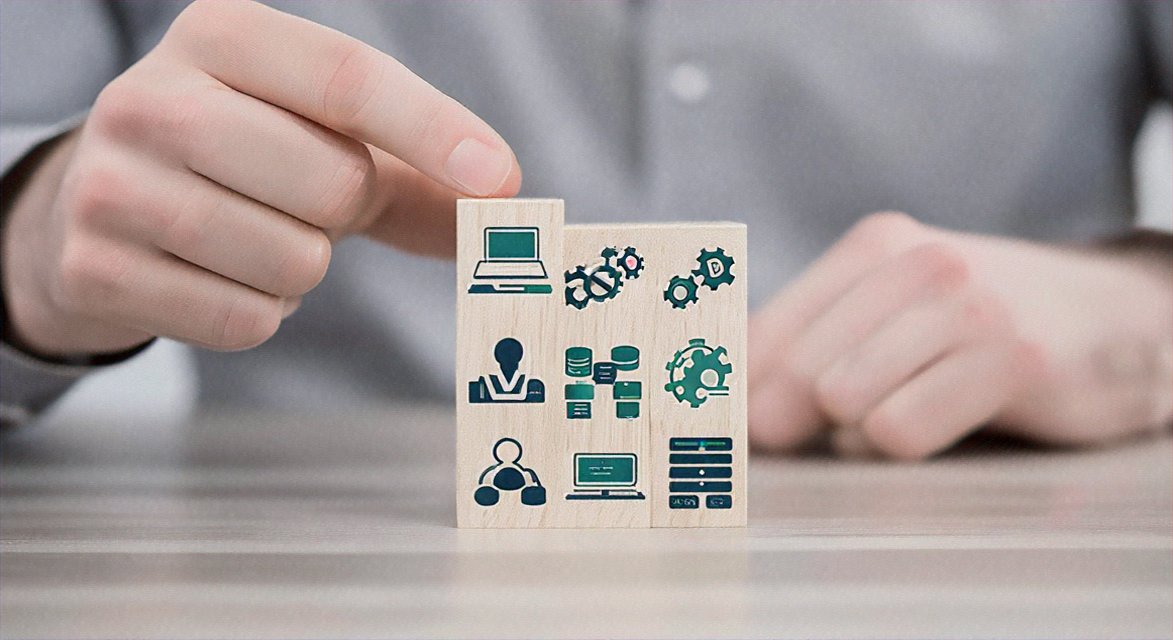Unlocking Microservices Mastery: The Ultimate Guide to Input Handling & Integration 🚀

Mastering Microservices: A Deep Dive into Input Handling and Integration 🌐
Microservices architecture has become a cornerstone in modern software development, offering scalability, flexibility, and maintainability. One of the critical aspects of microservices is how they handle and integrate input data. In this comprehensive guide, we will delve into the intricacies of input handling and integration in microservices, providing you with the knowledge to build robust and efficient systems.
Understanding Microservices Architecture 🏢
Before we dive into input handling, it's essential to have a clear understanding of microservices architecture. Microservices are a collection of small, independent services that work together to form a larger application. Each service is responsible for a specific functionality and can be developed, deployed, and scaled independently.
Key Principles of Microservices
- Loosely Coupled: Microservices should be loosely coupled, meaning they should communicate through well-defined APIs.
- Autonomous: Each microservice should be autonomous, with its own database and business logic.
- Scalable: Microservices should be designed to scale independently to handle varying loads.
- Decentralized: Microservices architecture should be decentralized, with no single point of failure.
The Importance of Input Handling in Microservices 📊
Input handling is a critical aspect of microservices, as it determines how data is received, processed, and stored. Proper input handling ensures that the microservices can function correctly and efficiently.
Challenges in Input Handling
- Data Validation: Ensuring that the input data is valid and conforms to the expected format.
- Error Handling: Handling errors gracefully and providing meaningful feedback to the caller.
- Security: Protecting the microservices from malicious input and unauthorized access.
Best Practices for Input Handling in Microservices 🌟
1. Use Robust Data Validation 🛡️
Data validation is crucial to ensure that the input data is correct and conforms to the expected format. You can use libraries like Joi or Yup to validate the input data in your microservices.
```javascript const Joi = require('joi');
const schema = Joi.object({ name: Joi.string().alphanum().min(3).max(30).required(), email: Joi.string().email().required(), age: Joi.number().integer().min(18).required() });
const { error, value } = schema.validate(inputData); if (error) { // Handle validation error } ```
2. Implement Robust Error Handling 🛠️
Error handling is essential to ensure that the microservices can handle unexpected situations gracefully. You can use try-catch blocks and proper logging to handle errors effectively.
javascript try { // Business logic } catch (error) { // Log error and return appropriate response }
3. Secure Your Microservices 🛡️
Security is a critical aspect of microservices. You can use authentication and authorization mechanisms like OAuth 2.0, JWT, or API keys to secure your microservices.
```javascript const jwt = require('jsonwebtoken');
const token = jwt.sign({ userId: user.id }, 'secretKey'); const decoded = jwt.verify(token, 'secretKey'); ```
Integrating Microservices 🤝
Integrating microservices involves ensuring that they can communicate effectively with each other. This can be achieved through various communication patterns, such as REST, gRPC, or message queues.
RESTful APIs
RESTful APIs are a popular choice for microservices communication. They use HTTP methods like GET, POST, PUT, and DELETE to perform CRUD operations on resources.
```javascript app.get('/users', (req, res) => { // Fetch users from database res.json(users); });
app.post('/users', (req, res) => { // Create a new user res.status(201).json(newUser); }); ```
gRPC
gRPC is a high-performance, open-source RPC framework that uses HTTP/2 and Protocol Buffers. It's a good choice for microservices that require low-latency communication.
```protobuf syntax = "proto3";
service UserService { rpc GetUser (GetUserRequest) returns (User); }
message GetUserRequest { string id = 1; } ```
Message Queues
Message queues are a good choice for microservices that require asynchronous communication. They decouple the services and allow them to scale independently.
```javascript const amqp = require('amqplib/callback_api');
amqp.connect('amqp://localhost', (err, conn) => { conn.createChannel((err, ch) => { const q = 'task_queue';
ch.assertQueue(q, { durable: true });
ch.prefetch(1);
console.log(' [*] Waiting for messages in %s. To exit press CTRL+C', q);
ch.consume(q, (msg) => {
console.log(' [x] Received %s', msg.content.toString());
// Process message
ch.ack(msg);
}, { noAck: false });
}); }); ```
Conclusion 📚
Mastering input handling and integration in microservices is crucial for building robust and efficient systems. By following the best practices outlined in this guide, you can ensure that your microservices architecture is scalable, maintainable, and secure. Happy coding! 🚀

